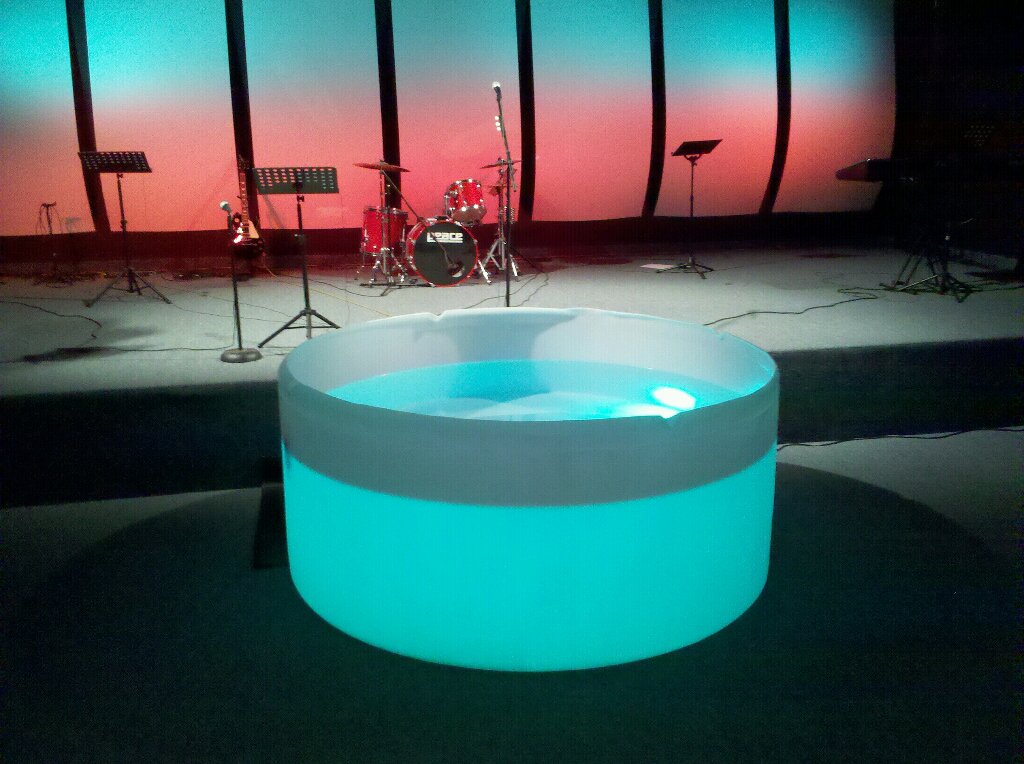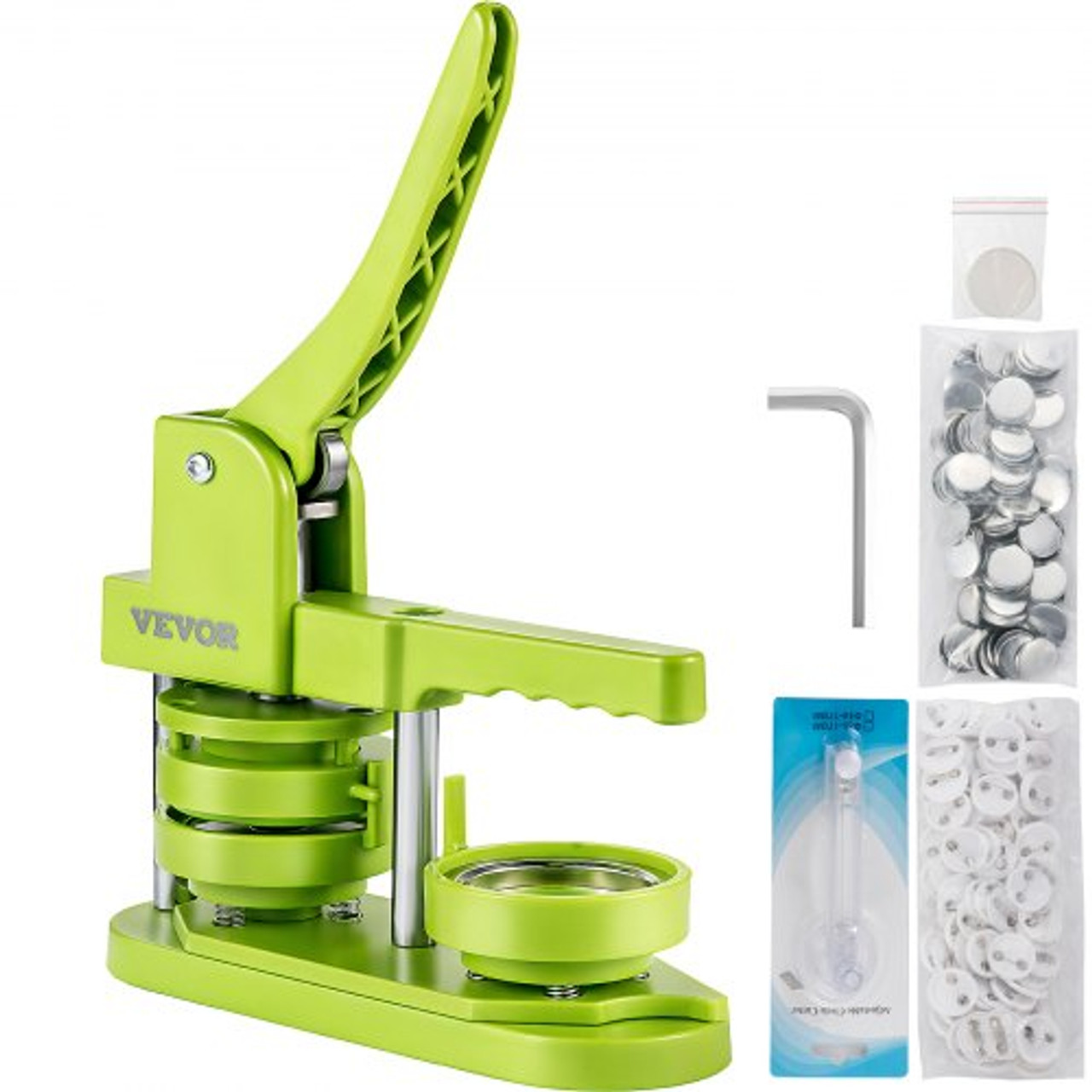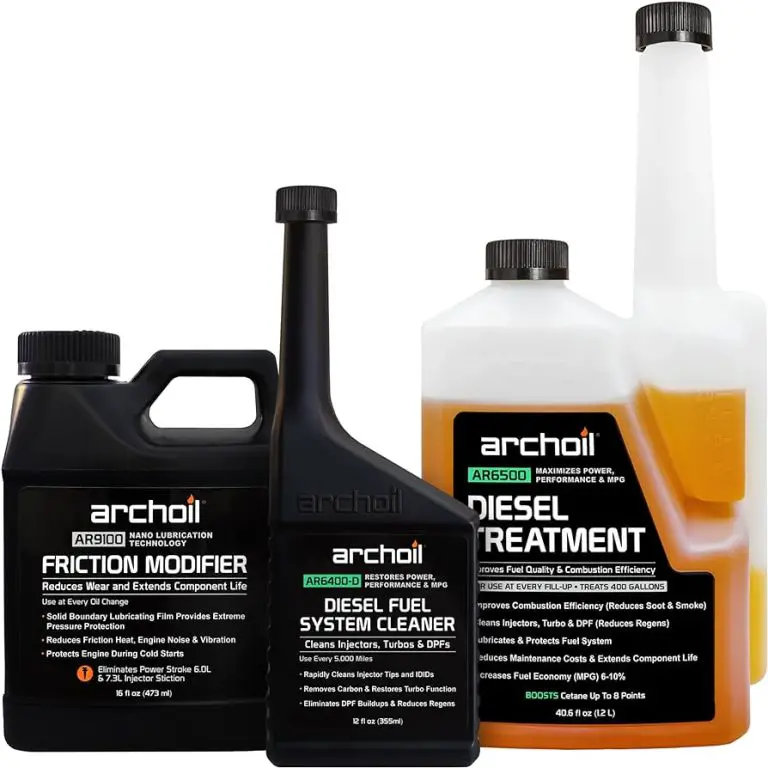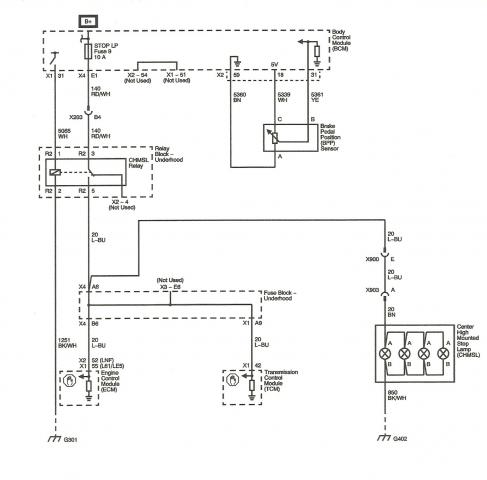Homemade Noid Light: Essential Guide for DIY Enthusiasts
As a DIY mechanic or automotive enthusiast, having the right tools at your disposal is essential for diagnosing and repairing vehicle issues. When it comes to diagnosing electrical problems in a car’s fuel injection system, a noid light is an invaluable tool. However, purchasing a noid light from a store can be expensive, especially if you only need to use it occasionally. Fortunately, you can make your own homemade noid light inexpensively, and in this article, we’ll walk you through the process.
What is a Noid Light?
A noid light is a small, specialized tool used to test the electrical pulse from the fuel injector to the car’s engine control unit (ECU). When connected to the fuel injector harness, the noid light will flash in sync with the electrical pulses sent by the ECU to the fuel injector. This allows you to quickly determine if the fuel injector is receiving the proper electrical signal, helping you identify if the issue lies in the injector itself or elsewhere in the electrical system.

Credit: churchstagedesignideas.com
Materials Needed
Before we get started, let’s gather the materials you’ll need to make your own homemade noid light:
- LED Test Light
- Wire Strippers
- Electrical Tape
- Needle-Nose Pliers
- Small Alligator Clips
- Heat Shrink Tubing
- Thin Gauge Wire
Building Your Homemade Noid Light
Once you have all the materials ready, follow these steps to build your homemade noid light:
- Start by stripping a small length of the wire’s insulation at both ends using the wire strippers.
- Take the LED test light and disconnect the ground clip. You will need to separate the ground clip from the main body of the test light.
- Using the needle-nose pliers, create a small loop at one end of the wire. This will serve as the connection point for the ground clip.
- Attach the ground clip to the loop at one end of the wire. Ensure it’s securely fastened and then insulate the connection point with electrical tape.
- At the other end of the wire, strip a small length of the insulation and attach a small alligator clip. Again, ensure it’s securely fastened and insulate the connection point with electrical tape.
- Slide a piece of heat shrink tubing over the wire and use a heat source to shrink it, providing additional insulation and protection for the wire.
Testing Your Homemade Noid Light
With your homemade noid light ready, you can now test it on your vehicle. Simply locate the fuel injector harness, unplug it, and connect your homemade noid light to the harness. Start the engine and observe the LED on the noid light. If the LED pulses in sync with the engine’s RPM, then the fuel injector is receiving the proper electrical signal.
Final Thoughts
Having a homemade noid light in your toolkit can save you time and money when diagnosing potential issues with your vehicle’s fuel injection system. While store-bought noid lights are readily available, making your own can be a cost-effective alternative, especially for occasional use. With just a few simple tools and materials, you can create a reliable diagnostic tool that will help you keep your vehicle in top condition.
So why not give it a try? Building your own DIY noid light can be a rewarding experience, and it’s a great way to expand your automotive DIY skills. Happy wrenching!
Frequently Asked Questions Of Homemade Noid Light: Essential Guide For Diy Enthusiasts
What Is A Noid Light Used For?
A Noid light is used to check the pulse of the fuel injectors.
How Do I Make A Homemade Noid Light?
Create a homemade Noid light using a 12V LED and a few simple tools.
Why Is A Noid Light Important For Diy Mechanics?
It helps diagnose injector problems quickly, efficiently, and accurately.
When Should I Use A Noid Light?
Use a Noid light when troubleshooting fuel injection system issues.







